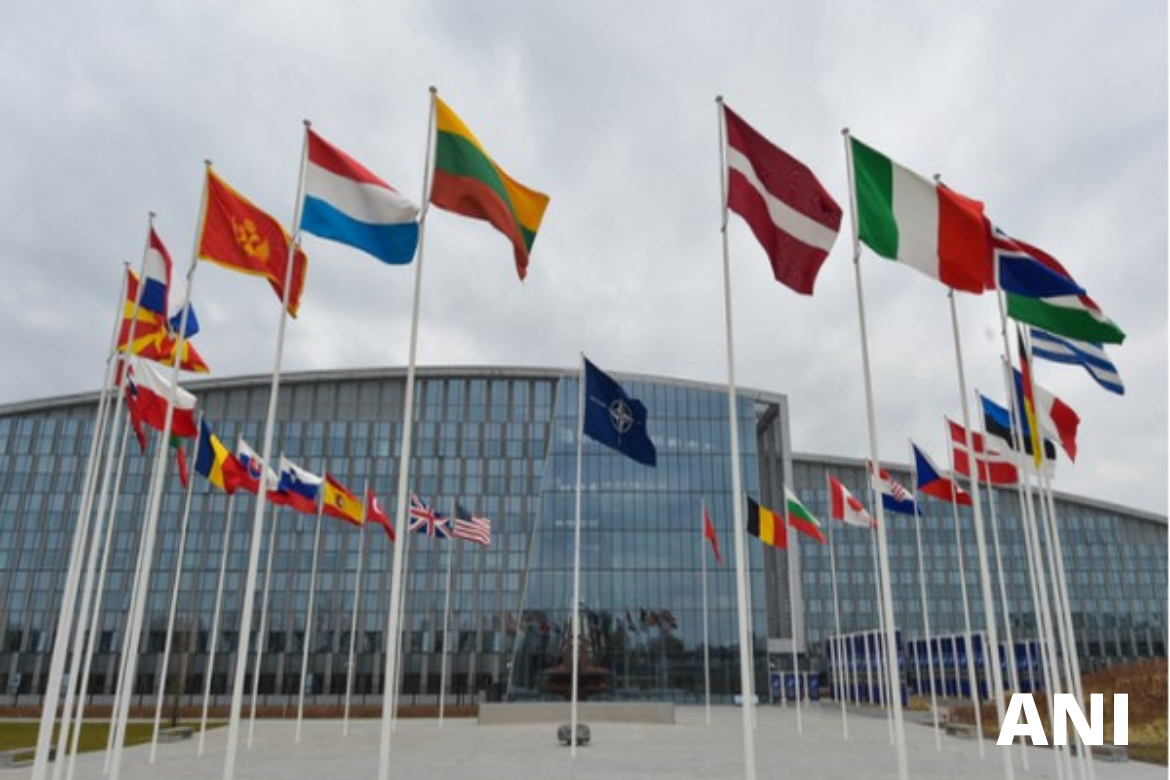The world is focusing on the Russia-Ukraine war. Every news channel of the world is covering this crisis round the clock. By now, you must have heard the name NATO several times, the root cause of this war. In this context, it becomes important to understand NATO.
What is NATO?
NATO or North Atlantic Treaty Organization is a military alliance between the countries of Europe and North America. NATO was established on April 4, 1949, in Washington, the USA by the 12 founding members. It is an inter-governmental military organization whose headquarter is located in Brussels, the capital of Belgium. At present, the number of its member countries is 30. Montenegro and North Macedonia have been included as member countries in the years 2017 and 2020 respectively.
Historical context:
After the Soviet Union blockade of Berlin in 1948, Western European capitalist countries began to fear the spread of communism. Therefore, for the security of Western European countries, a defense organization called NATO was formed under the leadership of the USA. As a result, in response to it, the Soviet Union formed the Warsaw Pact. In this way, armament and militarization were encouraged, due to which tension in the relationship between the US and the Soviet Union increased.
Principle of collective defence:
NATO works on the principle of collective defence, which means that an attack on one or more members is considered an attack on all member states. This collective principle is enshrined in Article 5 of the NATO charter. This article was first invoked after the terrorist attack on the United States of America (September 11, 2001).
Any decision in NATO is taken on the basis of the collective will of all 30 members. The total military spending of NATO member states accounts for more than 70% of the world’s military spending, with the US alone spending more than other European countries.
Purpose of NATO:
The main objective at the time of its establishment was to stop the communist ideology of the Soviet Union in Western Europe. In a modern day context, its role is to guarantee the freedom and security of its member states by political and military means. Some other purposes of this alliance are:
Also read: Why Russia and Ukraine are standing on the verge of war? Know reasons
- To encourage innovation and adaptation as well as manufacturing of tools to meet current and future threats.
- To create a sense of solidarity and cohesion among the member countries.
- To ensure lasting peace in Europe based on common values of individual liberty, democracy, human rights and the rule of law.
- To protect the territory of its member states and also to try to reduce the crisis when possible.
- Not to force any member country to use its full potential to achieve the primary objectives set out in the matter of national security.
- NATO makes diplomatic efforts to resolve disputes peacefully, if this effort fails, it also has to use military power to carry out such crisis management tasks.
- Defending allies from potential threats from the sea or ocean.
- Fighting terrorism in any form.
Working of NATO:
Each member country has a permanent delegation in Brussels. Which is headed by an “ambassador”.
The North Atlantic Council is the most important organ of NATO. One representative from each member country sits on the council. It is available at least once a week or at different levels as required. It is headed by the Secretary-General, who assists the members in reaching an agreement on key issues. The Secretary-General is the highest international authority in the organization. He drives the consultation and decision-making process within the Alliance. He is also NATO’s chief spokesperson and heads the organization’s International Secretariat, which provides advice, guidance and administrative support to national delegations at NATO headquarters.
The Nuclear Planning Group has the same authority as the Council on policy matters. In addition to the above, there are also NATO agencies and subordinate committees that maintain coordination with NATO.
The Military Committee is made up of the Defence Chiefs of NATO member states. When a political solution is not found on any issue, then the path of military operation is made for it. NATO has very little of its own army, so when it comes to the military operation against a country, member countries voluntarily send their army for this operation and when the mission is over, the army returns to their country. It is clear that NATO not only adopts political methods to help its member countries but also provides military support when needed.
Also read: Where does India stand on the Russia-Ukraine crisis?
